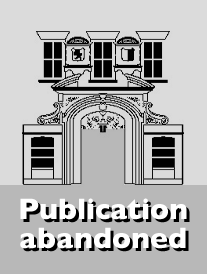
Custom, Community and Common Land: Rights of Access to Land in Scotland from the Union to Devolution is an historical study of the legal recognition of customary rights in Scotland in the eighteenth and nineteenth centuries. In the eighteenth century the leading textile burghs engaged in litigation with superiors, neighbours and inhabitants to vindicate the right to use burgh common land in the production of textiles, which was the first great industry of Scotland's industrial revolution. In the nineteenth century, litigation shifted from the province of work to the province of play - Scotland's leading advocates fought to protect both public and community rights to recreation, including the game of golf. Alongside the legal battles in the courtroom, actual battles were waged to vindicate customary rights. This book places these events in their legal and historical context in order to both explain the incorporation of customary rights into Scots law and to test the theories of American property law scholars and of Hernando de Soto whose work has had a significant influence on international organisations such as the World Bank and the UN. His argument is that formal legal systems must find ways to recognise and incorporate customary land use in developing nations.